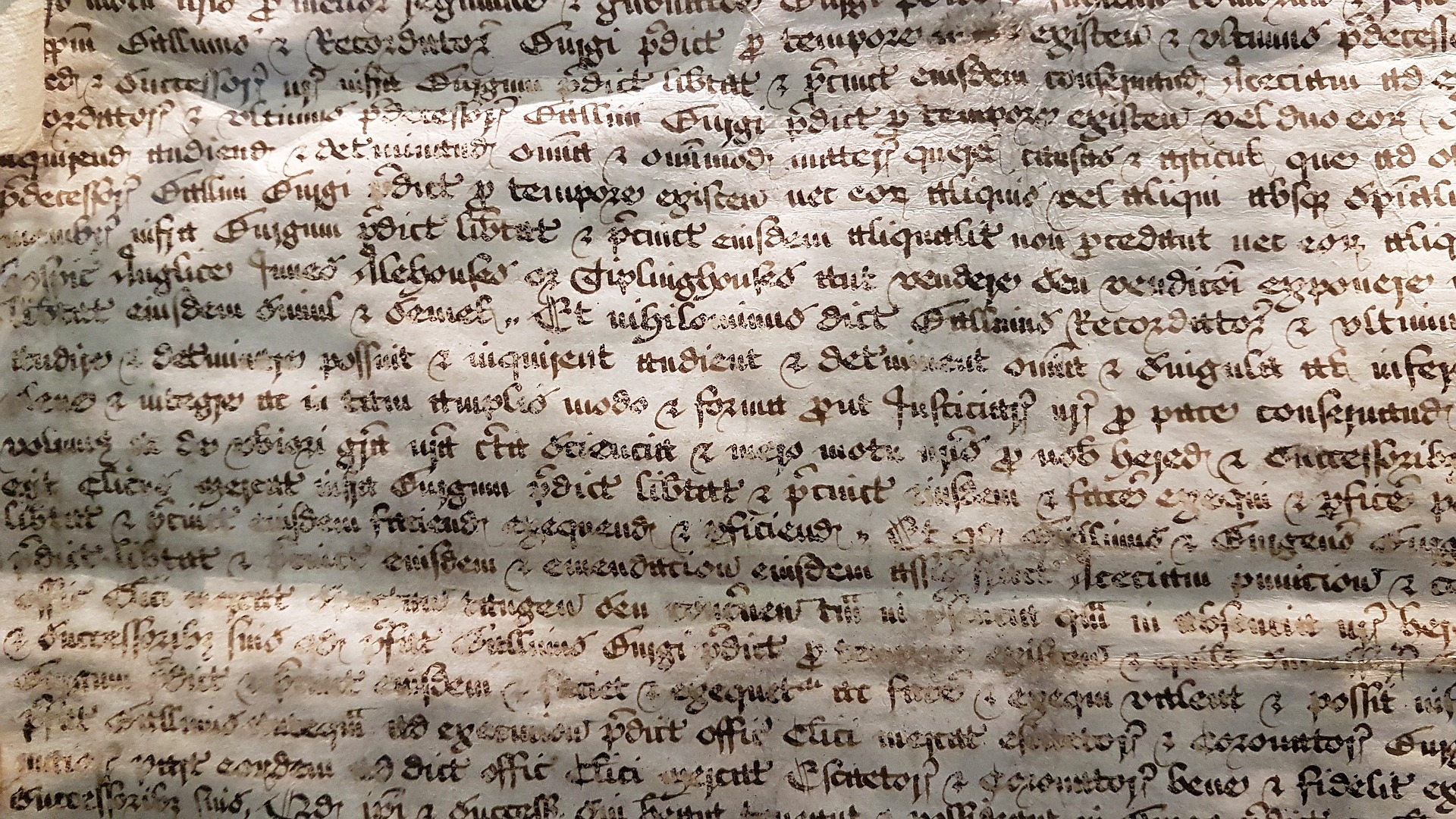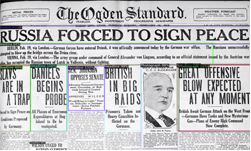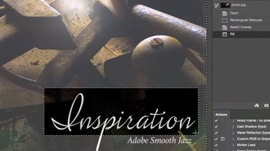Researchers from Columbia University developed a deep learning technique that allows people to embed and later retrieve hidden information in ordinary looking text.
The technique, called FontCode, works by altering text glyphs (the particular shape designs of fonts) to encode information. The method preserves the text and the hidden information and is almost impossible to detect by the naked eye.
“The readability of the original document is fully retained. We carefully choose the glyph perturbation such that it has a minimal effect on the typeface appearance of the text document while ensuring that glyph perturbation can be recognized through Convolutional Neural Networks,” the researchers wrote in their research paper.
Using an NVIDIA TITAN X GPU and the cuDNN-accelerated TensorFlow deep learning framework, the team trained their neural network on hundreds of synthetic images and real photos. The GPUs are also used for inference to decode the text sequences, the researchers said.
The method works on multiple fonts like Times New Roman and Helvetica and can be used to decode text from a picture taken on a smartphone or a file saved on a computer. The alterations can be used in lowercase and capital letters with every letter of the alphabet, as well as numbers and punctuation marks too.
The deep learning based method can generate a document signature that includes 128-bit encryption.
“Our method further enables a basic encryption scheme for embedded messages,” the researchers explained in the video above.
The application could one day be implemented as an invisible watermark or even a secret QR code to link to a web address.
“In comparison to existing digital signatures such as those in Adobe PDFs, our method is format-independent,” said the researchers. “In contrast to PDF files whose signatures are lost when the fleas are rasterized or printed on physical papers, our FontCode signature is preserved regardless of file format conversion, rasterization, and physical printing.”
The researchers will present their work at the SIGGRAPH technology conference in Vancouver later this year.
Read more>
Using AI to Encrypt Messages in Plain Sight
Apr 12, 2018
Discuss (0)

Related resources
- GTC session: Unlock the Power of Generative AI Across your On-premises and Edge
- GTC session: How to Apply Generative AI to Improve Cybersecurity
- GTC session: Rethinking Cybersecurity in the Age of Generative AI: Emerging Generative AI Applications for Cybersecurity
- NGC Containers: RIVA ASR NIM
- Webinar: Accelerate AI Model Inference at Scale for Financial Services
- Webinar: Harness the Power of Cloud-Ready AI Inference Solutions and Experience a Step-By-Step Demo of LLM Inference Deployment in the Cloud









